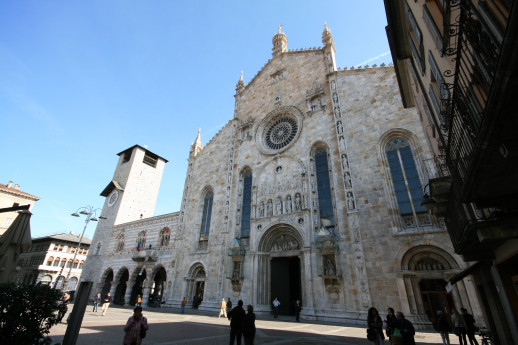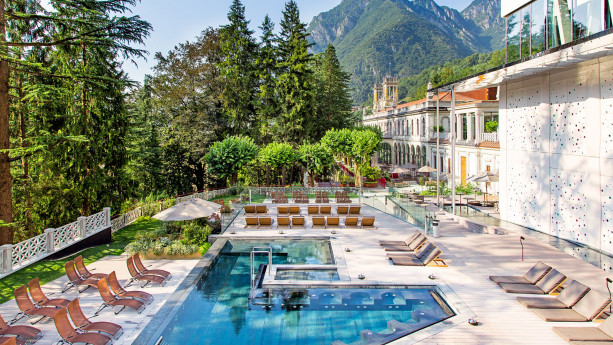From Selvino in San Pellegrino, passing through Lenna
This itinerary starts from ValSeriana and ends in the most important centre of the Val Brembana, San Pellegrino. The passage through the town of Lenna takes you through the historic bridge on the Brembo, in stone, with the typical humpback shape. Then reach Camerata Cornello and visit the historic village of Cornello, which gave birth to the famous family of Tasso, the inventors of the modern postal system to which there is a museum is dedicated. Also in Cornello, there is the church of Saints Cornelio and Cipriano: located at the highest point of the village, it has a curious leaning bell tower. Take the bike back to San Giovanni Bianco, where Arlecchino's birthplace is located, then take the Val Brembana cycle path and cycle through the spectacular tunnel that leads you to the San Pellegrino mineral Spas. Here you have arrived in the small town of Liberty, where the Casino, the Grand Hotel and the spa are perfect examples of this style of the early 1900s. Take part in a very special visit is to the Grotte del Sogno, a karst complex that takes you down underground, to admire the natural spectacles created by water and limestone. To end the day well, allow yourself a visit to the Terme di San Pellegrino: you will leave feel regenerated.

